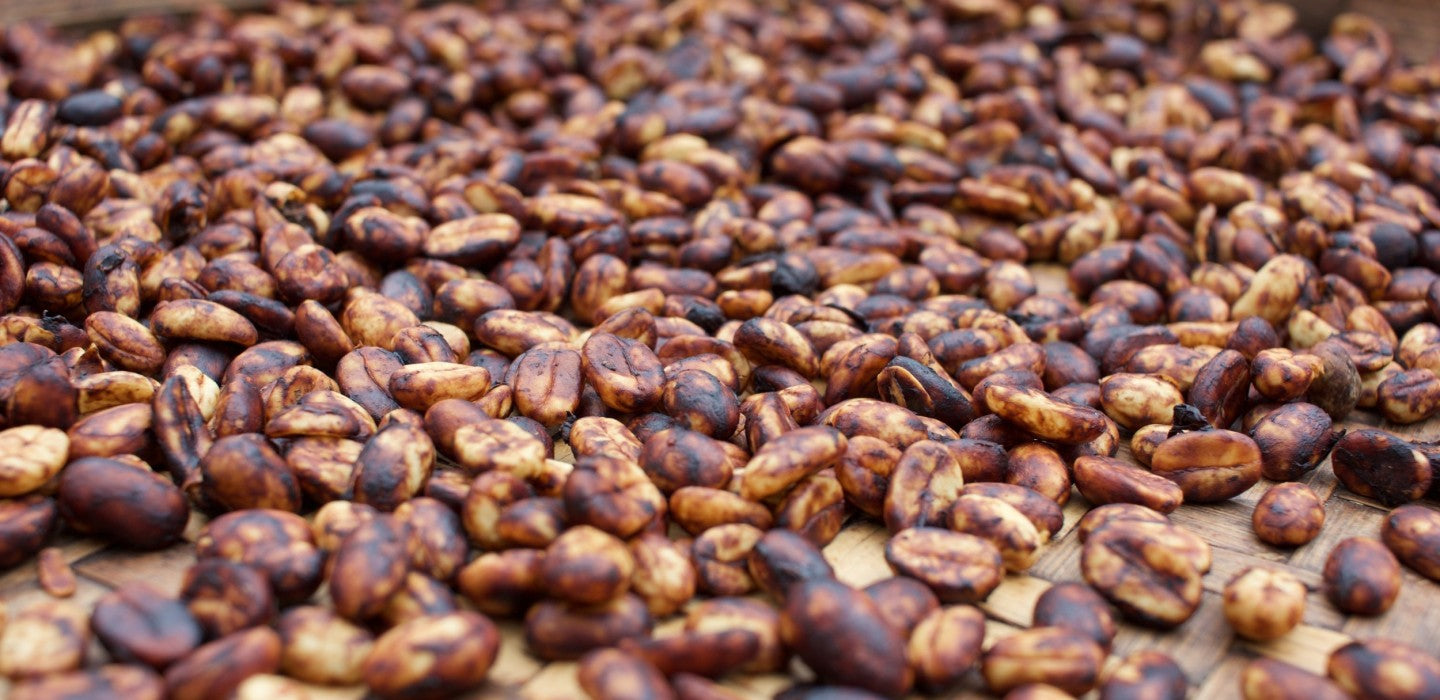Coffee Processing
The journey of a coffee cherry from the plant to a brewed cup of coffee is a fascinating one, full of intricate processes. One of the critical stages in this journey is coffee processing — a term signifying the methods necessary to transform freshly harvested coffee cherries into beans that are ready for roasting and later brewing. This transformation process is complex and requires skilled handling to ensure the coffee is stored correctly and retains its inherent quality.
The Purpose and Importance of Coffee Processing
Processing is an indispensable component of ensuring coffee cherries are ready for roasting. This treatment stage prepares coffee for storage and transportation, making it more than just a ripe cherry. It involves careful removal of the flesh, skin, mucilage, and parchment skin, leaving only the desired — the coffee bean. Moreover, the process reduces the water content in the cherries, contributing to better storage, ensuring the coffee's quality remains intact.
The processing method is not a one-size-fits-all strategy. Each coffee-growing region has its unique processing techniques influenced by equipment, climate, farm size, and tradition. However, the objective remains constant — to produce a clean, dried, and unroasted coffee bean that's ready for the next stages of its journey.
Dry Processing: Coffee Processing Under the Sun
Dry processing, also known as natural processing, is one of the oldest methods used in coffee processing. Here, the harvested coffee cherries are spread out under the sun to dry. Throughout the drying period, which typically lasts for two to three weeks depending on the weather, the cherries are manually raked numerous times a day to ensure even drying.
This process results in dried cherries with brittle exteriors. The once juicy cherries are now ready for the next phase, where the dry exterior is easily removed, revealing the preserved coffee beans. These beans are then sorted and prepared for transportation.
The result of dry processing can be quite distinctive, often attributed to creating coffees with a heavy body and sweet, fruity flavors.
Wet Processing: An Approach Involving Water
Wet processing, also known as washed processing, follows a different blueprint. Initially, similar to dry processing, there's a selection stage where cherries are sorted. Subsequently, the coffee cherries undergo a process known as pulping, where the skin and fruit flesh are removed through pulping machine, leaving behind the parchment skin intact.
A key aspect of wet processing is fermentation. During this step, the coffee beans are submerged in water to facilitate the biological removal of the mucilage layer. This process, driven by the enzyme pectinase, varies between 24 and 48 hours, depending on the temperature and altitude.
Following fermentation, the coffee beans undergo washing to cleanse them from any remaining mucilage. The parchment-covered beans are then dried either under the sun naturally or by machine dryers to a suitable moisture level. The final step in the wet process is hulling — removing the parchment skin from the bean.
The Impact of Coffee Processing on End Quality
Coffee processing strategies play a significant role in the coffee flavor profile. Through the chosen method, producers are crafting an expression of their coffee, steering the taste attributes that highlight the beans' unique characteristics.
Processing does not only influence the flavor, but also the coffee's longevity, quality during storage, and final cup quality. Therefore, understanding the intricate details behind each process allows us to fully explore and respect the diverse range of remarkable flavors within each cup of coffee. From sun-dried cherries to water-aided fermentation, the coffee bean's journey sets the stage for the delightful repertoire of aromas and flavors that we experience in our everyday brew.



Leave a comment
This site is protected by hCaptcha and the hCaptcha Privacy Policy and Terms of Service apply.